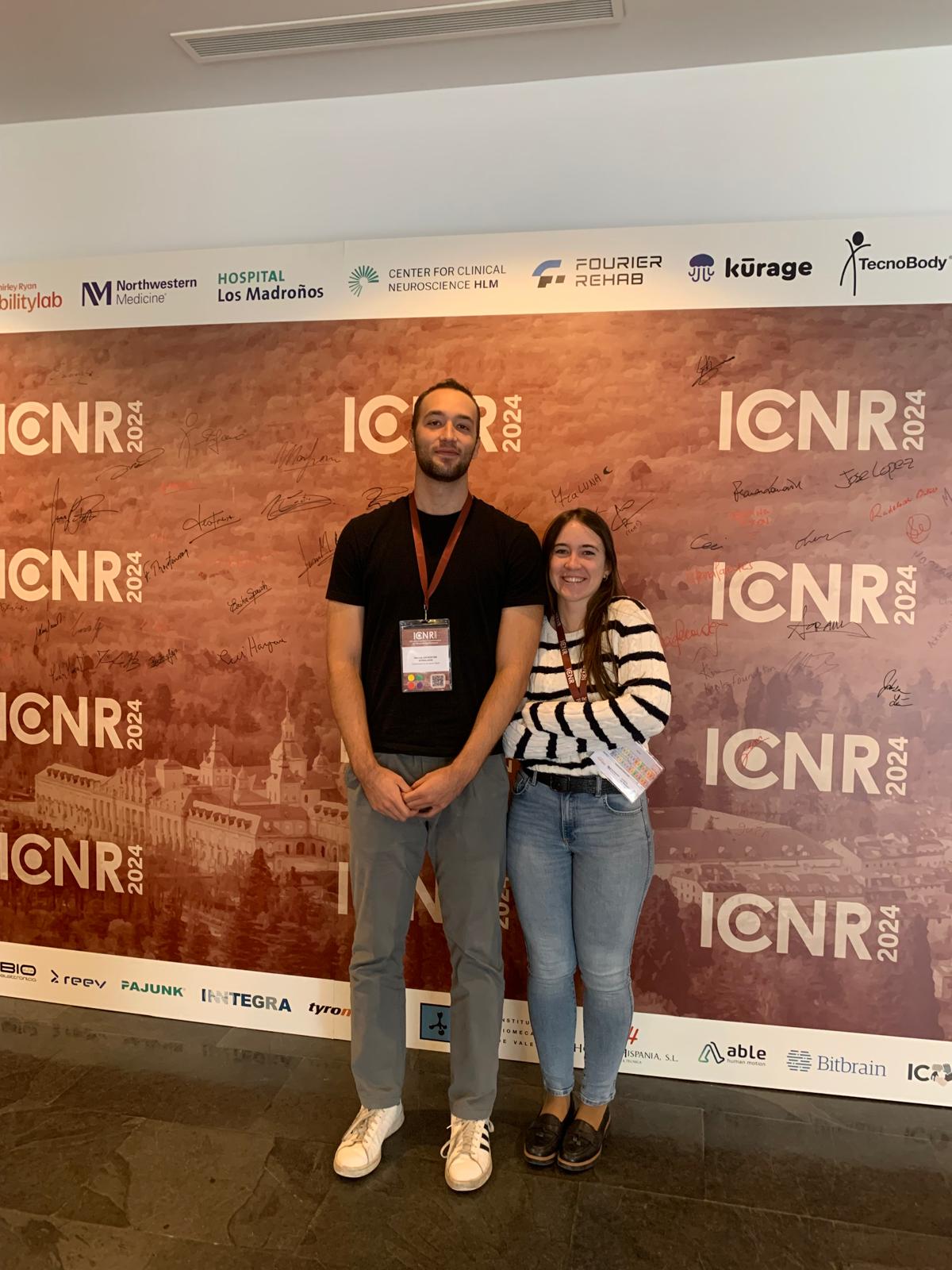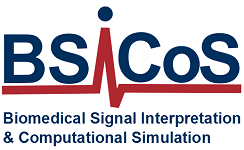-
Noticias
Blanca Delgado y Marcos Sacristán present their research work at the International Conference on NeuroRehabilitation
18 November, 2024
The 6th International Conference on NeuroRehabilitation (ICNR2024) that took place in Spain, from November 5-8

The 6th International Conference on NeuroRehabilitation (ICNR2024) that took place in “La Granja de San Ildefonso”, Spain, from November 5-8, 2024.
The 2024 International Conference on Neurorehabilitation will brought together researchers and students from the fields of Clinical Rehabilitation, Applied Neurophysiology, and Biomedical Engineering to promote, feed and encourage this therapeutic global shift and bring together researchers and innovators from all around the world to discuss novel approaches, challenges and potential solutions in technologies for wearable robots, especially in the clinical field.
Our research group was represented by Blanca Delgado and Marcos Sacristán, both presented their scientific work.
Blanca Delgado: Surface Electromyography Shows Consistent Changes in the Beta Frequency Band after Salient Stimuli
This study explores the impact of salient stimuli on the beta frequency band at the muscle level during voluntary isometric contractions. Results showed that auditory stimuli consistently caused an early brief reduction in force immediately followed by longer-lasting increase and a subsequent increase in beta activity in muscle recordings. These findings suggest that auditory events can modulate motor cortical outputs, inducing beta activity that travels through the motor nervous system, offering a practical framework for studying cortical rhythms and potential strategies to modulate them.
Marcos Sacristán: Effects of transcutaneous spinal cord stimulation on pathological tremors
This study explores the phase-dependent effects of closed-loop transcutaneous spinal cord stimulation (tSCS) on the severity of tremors in patients with essential tremor (ET). Six ET patients (ages 53-80) were recruited to test a system integrating inertial measurement units and an Arduino microcontroller for phase-specific tSCS. The protocol included delivering tSCS at eight distinct phases of the tremor cycle and a no-stimulation condition. Results indicated a trend where tSCS applied in counterphase causes opposite effects (amplification vs reduction), though differences were not statistically significant (p > 0.05). These findings suggest that precise timing of tSCS may modulate tremor, highlighting the potential for personalized neuromodulation therapies. Further research is needed to confirm these results and optimize treatment strategies.
For further information: https://2024.icneurorehab.org/
